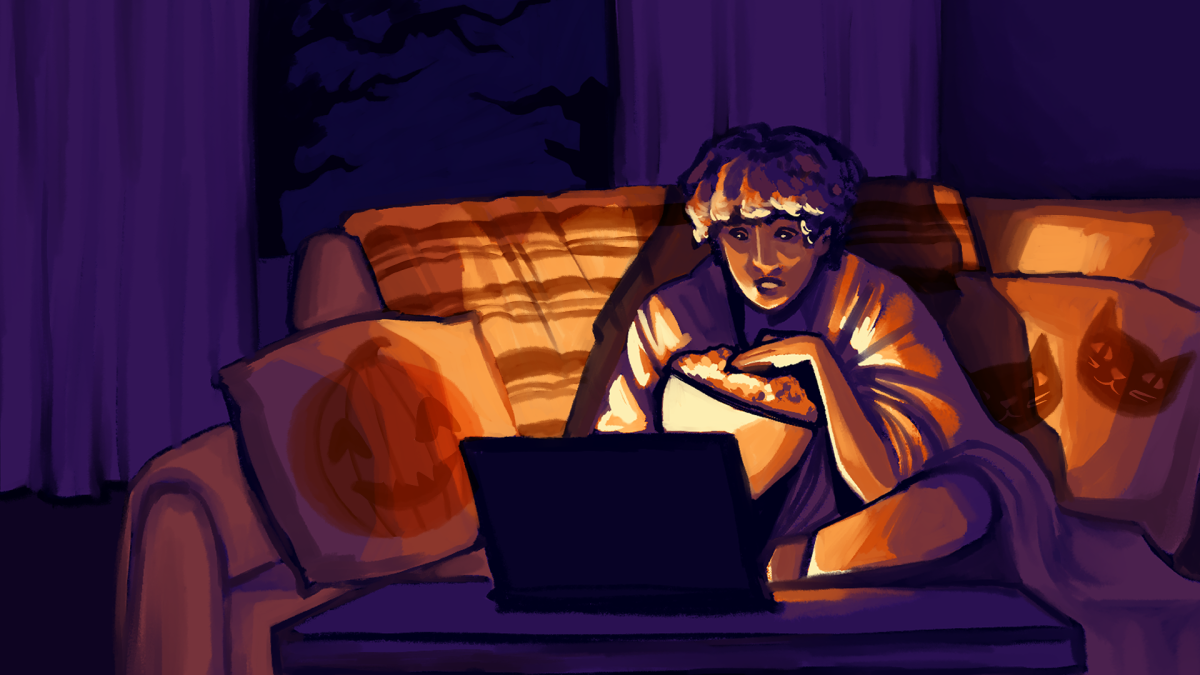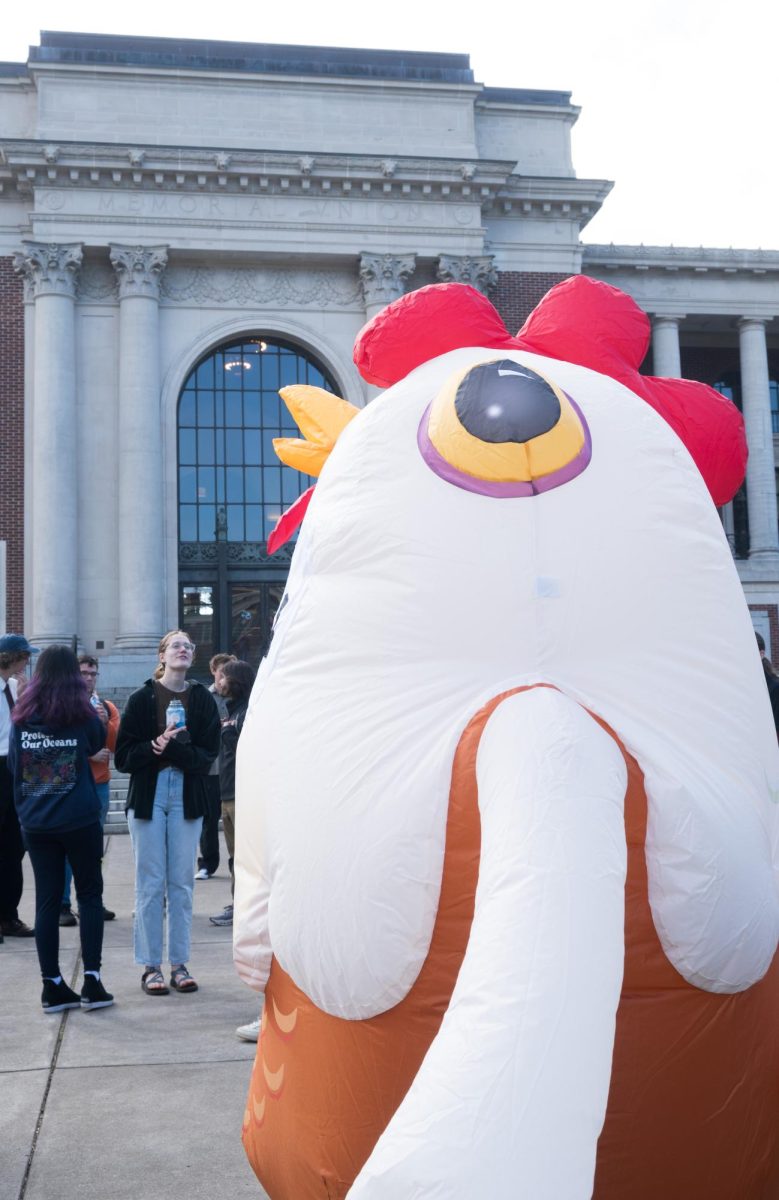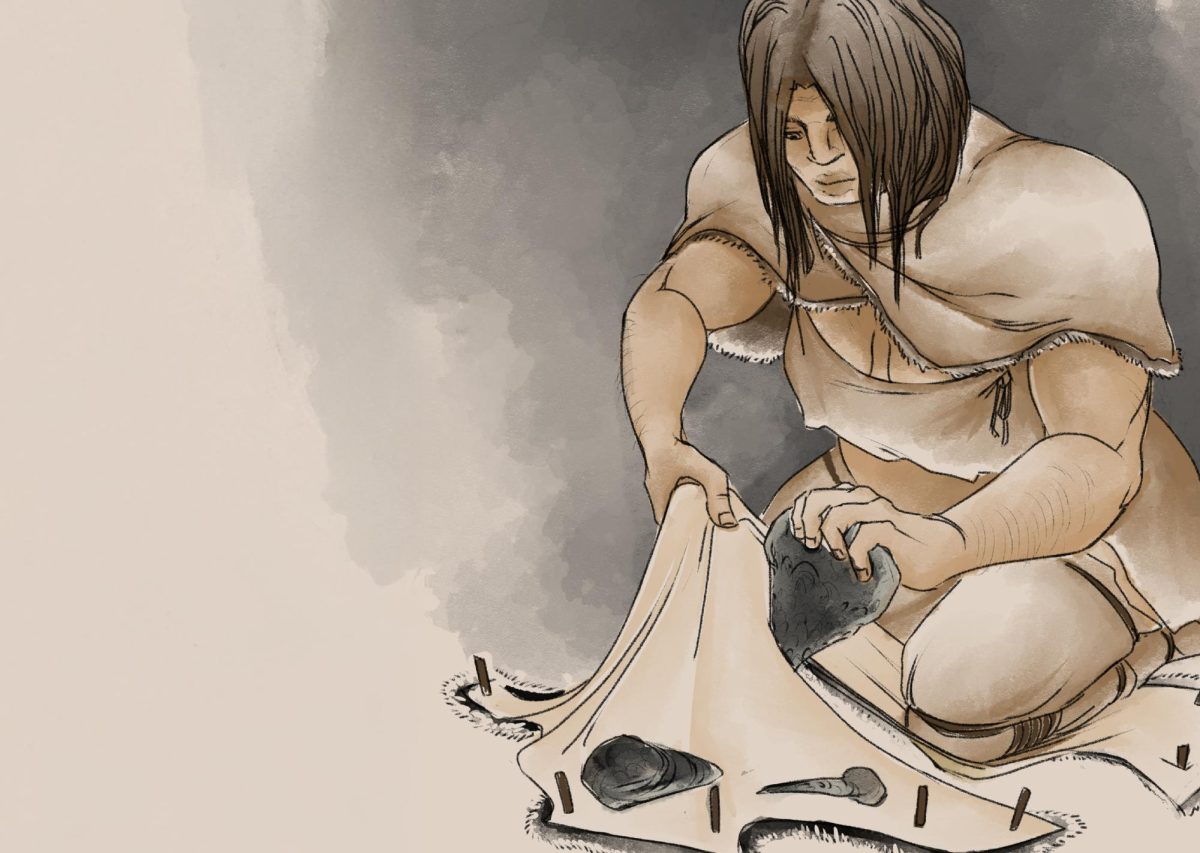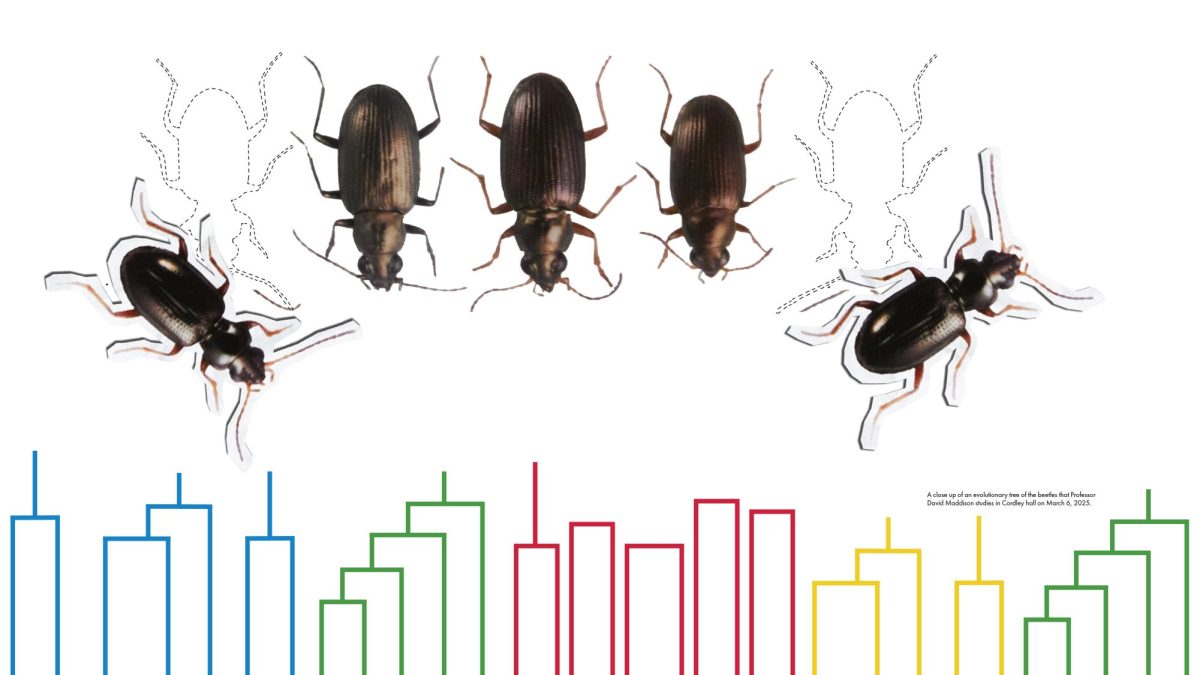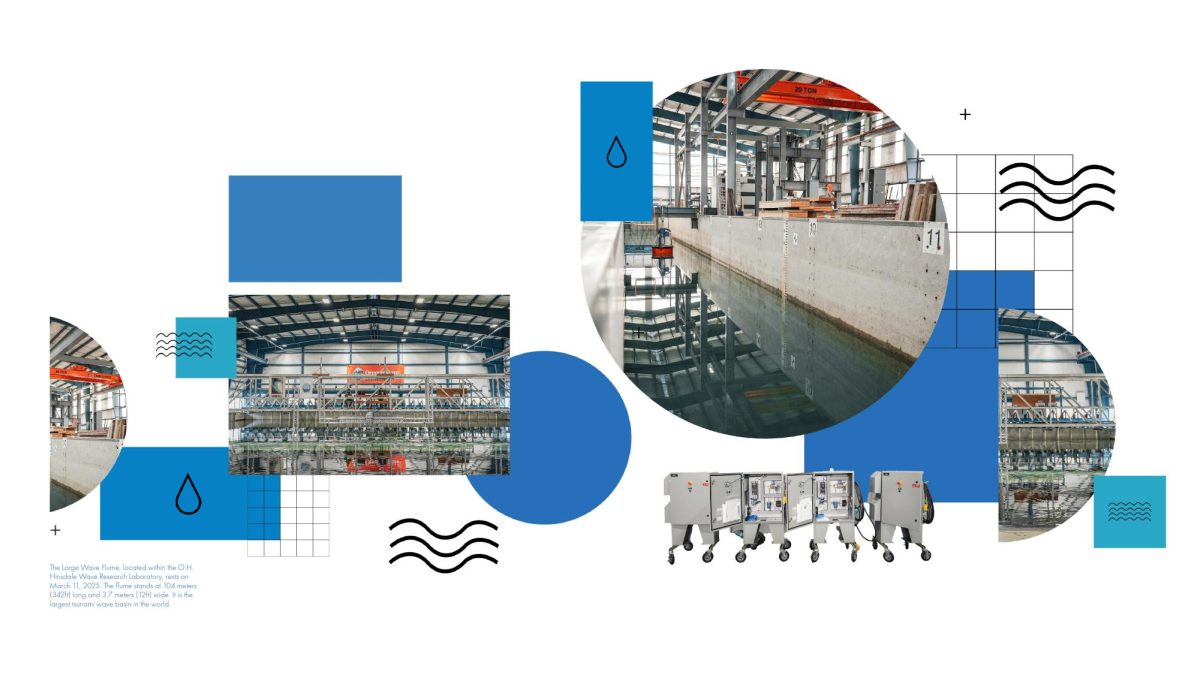The northern and southern extremes of the planet are amongst the most remote, untamed corners of the planet, some of the few areas relatively spared from human interference. The massive fjords and glaciers of Alaska, miles-deep ice sheets of Greenland, and the still-active volcanoes of Antarctica, buried beneath deep snow and ice, may hold answers to the most pressing questions surrounding the planet’s climate.
These wild, untamed regions are any outdoor enthusiast’s dream, but are also a haven for revolutionary science, especially climate science.
For the few researchers, including many Oregon State University faculty and students who brave the unforgiving latitudes of the planet, the experience is challenging but fulfilling, as they experience unique, life-changing field seasons and gather priceless data.
For fourth-year geology major Kaya Troyer, the opportunity to travel to Alaska to study glaciers came suddenly and unexpectedly. Less than half a year after reaching out to OSU climate researcher Erin Pettit, Troyer was invited to travel to Alaska to help PettiFt research glaciers.
According to Troyer, working in Alaska can be challenging, especially for your first trip out.
“You get on a research vessel, and you stay out in the fjord in front of the glacier for however many days,” Troyer said. “You don’t really return to town unless you need more water usually.”
For Troyer, the elements and living at sea were challenging, especially on her first journey.
“Being on a boat — I’d never done that before, got really seasick initially,” Troyer said.
Life at sea, along with relentless rain, doesn’t stop work from happening on the glaciers of Alaska.
“I’m constantly surrounded by such magnificent scenery that it almost doesn’t matter, the discomfort,” Troyer said. “It can be hard, but I recognize now when I get back from those experiences how much I enjoy them.”
The weather is far from the only challenge of life in the remote Alaskan fjords, as sharing close quarters with strangers can be uncomfortable initially.
 Remote field work exposes researchers like Troyer not only to the ruthless elements, but to intimidating social situations, like making dinner with her boss or befriending a complete stranger.
Remote field work exposes researchers like Troyer not only to the ruthless elements, but to intimidating social situations, like making dinner with her boss or befriending a complete stranger.
“You start a fieldwork experience with someone who is a stranger and you end it with someone who is a best friend,” Troyer said. “I don’t know if there’s really a lot of experiences quite like that, besides staying in a remote place for five or six days with them.”
For Troyer, the initial discomfort seems to be worth it though.
“(Glaciers) feel like otherworldly, godly creatures when you’re around them. Massive icebergs make you feel so insignificant,” Troyer said.
OSU professor Ed Brook has enjoyed similar breathtaking experiences in Greenland and Antarctica, working with ice cores and searching for the oldest ice in the world to understand Earth’s past climate.
“Camping out on the edge of the Greenland ice sheet, it’s really fun. And the same thing in Antarctica, working in some really stunning places, and doing work that was really innovative,” Brook said.
However, Brook’s work, mainly focused on ice cores in the center of the ice sheets, involves more exposed conditions than sleeping on the sea like Troyer. Brook camps in tents on the Antarctic ice sheet, at the mercy of the cold, wind and snow.
“In a typical camp, there’ll be one or two big … tents where we eat and work and hang out. And then everybody will have their own sleeping tent,” Brook said.
These individual sleeping tents truly capture the remote ice research experience. According to Brook, there’s only heat in the big tents, but not the sleeping ones, meaning researchers must endure the frigid nighttime temperatures with no heat.
“They have the warmest sleeping bags you can buy, and you typically have two,” Brook said. “Inside the tent, it’s cold, but it’s relatively rare that anyone’s actually cold when they’re sleeping.”
While the below-freezing temperatures are navigable, the wind that researchers can be exposed to is usually not.
“You can also have 40 knot winds and blowing snow, visibility that makes it impossible to work. And you just sit in the communal tent for two days and wait for that to go away,” Brook said.
Along with the frigid cold and wind, Antarctic researchers like Brook must combat the sun, a constant barrage of daylight at all hours.
“It’s never dark. You get up in the middle of the night for something, you go outside, it’s broad daylight,” Brook said. “You get used to it pretty quickly because normally you’re really tired. The work is very, very physically demanding, regardless of what it is.”
While the experience of Greenland and Antarctica can be similar, a surprising factor makes the two different — mosquitoes.
“The ice sheet margin in Greenland also, if you’re there at the wrong time, has these monstrous mosquitoes. The worst mosquitoes I’ve ever experienced in my life,” Brook said.
But the challenges of the conditions, the remoteness of their camps, and monstrous mosquitoes are absolutely worth it to Brook, who said, “It’s really hard to describe how cool it is.”
“Normally, with a good group it’s actually kinda fun, everybody shares the pain,” Brook said.
For both Troyer and Brook, the unforgiving weather is absolutely worth enduring, both for their personal enjoyment and their contributions to science.
“A lot of our motivation is wanting to make a change, wanting to make a difference, being a part of the fight in how we handle climate change solutions in the future,” Troyer said.
“The life-changing part is how incredibly beautiful these environments are,” Brook said.
But perhaps most exciting of all, these opportunities are not far away from any student at OSU interested in remote research, whether in the icy fjords of Alaska or the endless ice of Greenland.
“If there was one recommendation, I would say … if you find something interesting, just ask for a job,” Troyer said.




